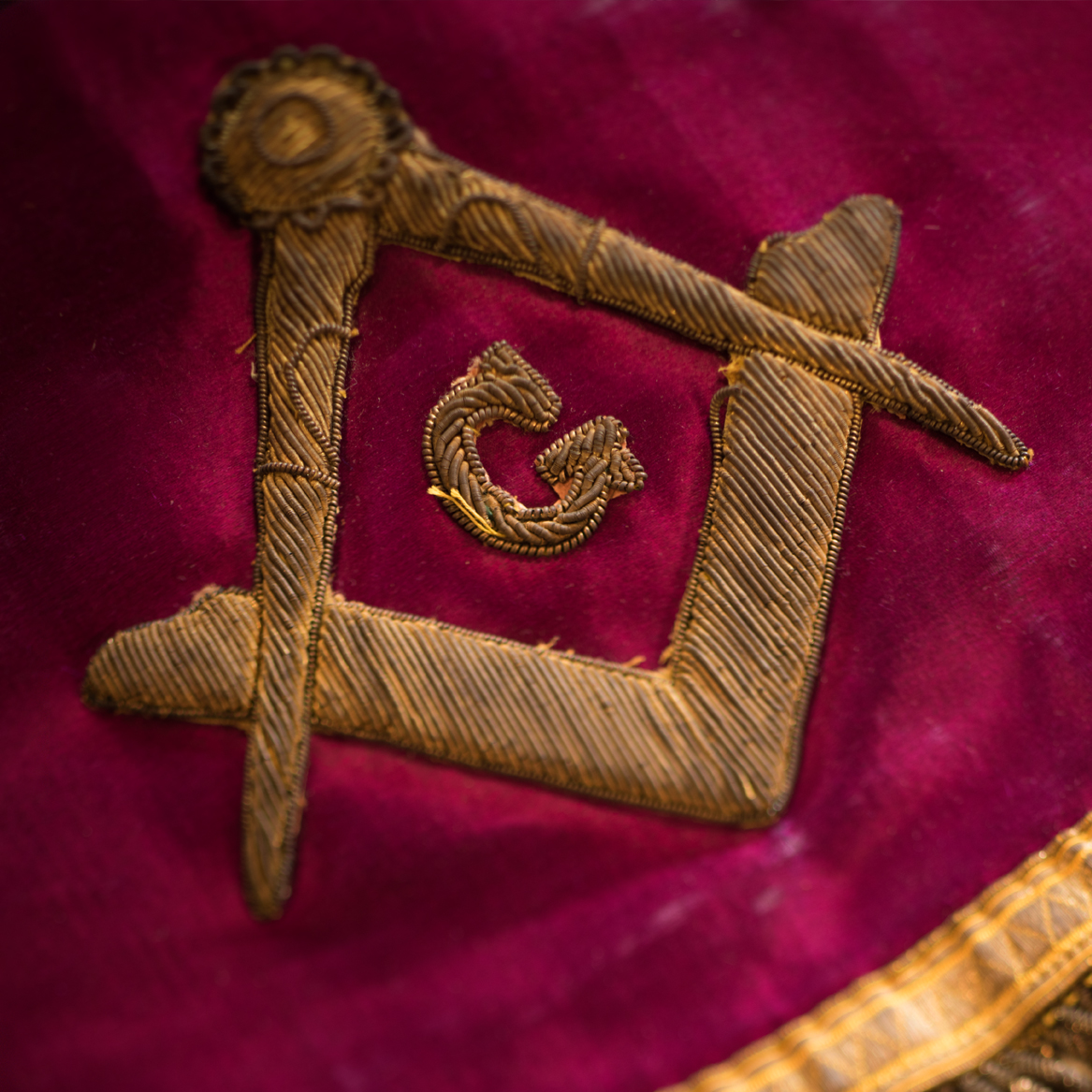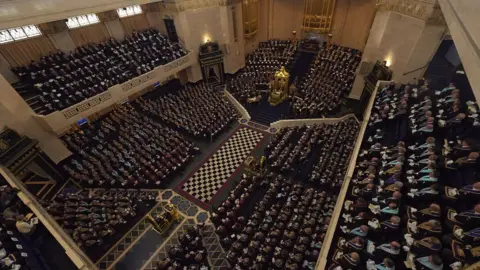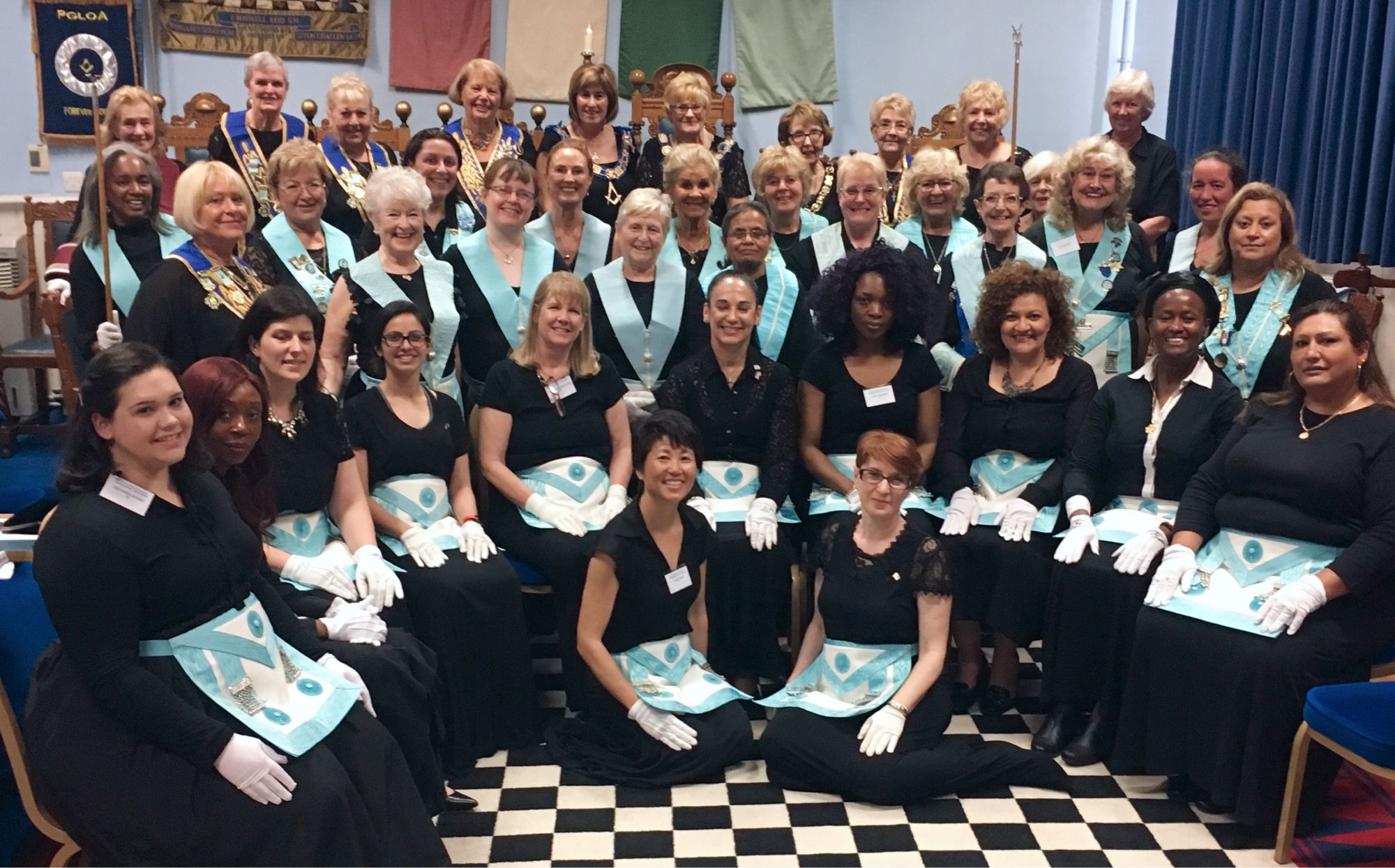Checking Out the Mysteries of the copyright: What You Required to Know
The copyright, a term usually shrouded in intrigue and debate, represents an intricate tapestry of historic fact and modern-day misconception. Developed in the late 18th century, this secret culture was originally rooted in the Enlightenment's suitables but has since come to be associated with conspiracy theories about elite control. As we browse the origins, essential figures, and the stark contrast between myth and truth, one should consider how these stories affect modern assumptions of power and secrecy. What could be revealed via a better assessment of these elements could test long-held presumptions about the shadows that remain in our culture.
Origins of the copyright
The beginnings of the copyright are soaked in a mix of historical intrigue and ideological eagerness. Developed in 1776 in Ingolstadt, Bavaria, by Adam Weishaupt, the team was at first formed as a secret culture intended at advertising Knowledge perfects such as factor, secularism, and the separation of church and state. join freemason. Weishaupt, a teacher of canon legislation, sought to test the prevailing authority of the church and state, which he considered as oppressive institutions stifling intellectual and personal flexibility
The copyright sought to recruit influential participants from different societal industries, including politics, academia, and the arts, to foster a network committed to these Knowledge principles. The society operated under a shroud of secrecy, using coded language and rituals to safeguard its members from persecution, especially given the repressive environment of the time. Nevertheless, the copyright encountered significant opposition from both governmental authorities and spiritual organizations, which viewed the group as a threat to their power.
Secret Numbers and Members
Who were the crucial numbers that formed the copyright's very early impact and direction? The Bavarian copyright, established in 1776 by Adam Weishaupt, arised as a feedback to the overbearing societal structures of the time. Weishaupt, a legislation teacher, envisioned the organization as a means to advertise Enlightenment ideals such as reason, secularism, and equal rights. His first recruitment efforts included significant intellectuals, such as Baron von Knigge, who played an essential function in increasing the group's subscription and business structure.
Another significant number was Johann Gottlieb Fichte, a popular thinker whose ideas on nationalism and education resonated with the copyright's objectives. Fichte was not an official member, his thoughtful supports affected the group's ideological background. Furthermore, numbers like the author and thinker Johann Wolfgang von Goethe were associated with the wider intellectual movements of the time, although their straight involvement with the copyright continues to be disputed.
These vital numbers added to the copyright's early direction, pushing the boundaries of political and social thought, while their cumulative efforts aimed to challenge recognized norms and foster an environment of dynamic adjustment in Europe. (join freemason)
Misconceptions vs. Reality
Several misunderstandings surround the copyright, usually mixing reality with fiction in a way that obscures its true nature. This secret culture, originally established in 1776 in Bavaria, aimed to promote Knowledge suitables and battle spiritual and political injustice. The notion that the copyright proceeds to put in substantial impact over globe check that occasions is a misconception. While the team did exist, it was disbanded in the late 18th century and has actually not operated as a cohesive entity ever since.
An additional common misconception is that the copyright consists of a network of elite people manipulating worldwide affairs. Actually, many conspiracy theories exaggerate the team's significance, associating unfounded objectives to societal fads and events. This has actually resulted in an oversimplified sight of intricate issues.
Furthermore, the representation of the copyright in pop culture commonly more misshapes its tradition. Films and literary works often tend to sensationalize the company's duty, developing a narrative that deviates check from historical truths. Comprehending the difference in between the misconceptions and the truth of the copyright is important for critical the genuine influence of this historical team and acknowledging the more comprehensive ramifications of conspiracy concepts in contemporary society.

Modern Interpretations
Contemporary interpretations of the copyright commonly show broader social anxiousness and an attraction with privacy and power. This modern-day lens often associates the copyright with conspiracy concepts that recommend a surprise elite coordinates world occasions, adjusting federal governments and economies for their own gain. Such stories use a deep-seated distrust of authority, especially in times of crisis or social upheaval.
In pop culture, the copyright is usually depicted as a supreme company shrouded in mystery, resulting in a myriad of fictional representations in literature, film, and music. This portrayal offers not only to captivate however additionally to provoke thought of the nature of power and control in contemporary society. Social network has actually further magnified these analyses, enabling quick circulation of conspiracy theory concepts and producing areas that share and broaden upon these concepts.
Furthermore, some modern-day interpretations mount the copyright as an allegory for the intricacies of globalization and the interconnectedness of significant individuals and companies. This perspective encourages a critical exam of how power characteristics operate in today's world, highlighting the equilibrium in between openness and secrecy in governance and company techniques.
Social Impact and Tradition
Influenced by Recommended Reading centuries of intrigue, the social effect and heritage of the copyright extend much beyond its historical beginnings. This secret culture, established in the late 18th century, has actually permeated different elements of preferred culture, from literature and movie to songs and art. join freemason. The concept of the copyright has developed right into an icon of conspiracy theory theories, commonly representing a viewed surprise power adjusting global events
In literary works, writers like Dan Brown have actually woven the copyright into detailed plots, exciting visitors with motifs of secrecy and power. Movies such as "National Treasure" and "The Da Vinci Code" even more continue the allure of the culture, mixing fact with fiction to produce engaging stories.

Eventually, the copyright's legacy is a complicated tapestry of misconception and truth, forming understandings of privacy and control in contemporary discourse. Its long-lasting existence in society emphasizes mankind's perennial pursuit for recognizing hidden truths.

Conclusion
The exploration of the copyright reveals an intricate interplay in between historical facts and modern-day myth-making. Established in the Enlightenment age, this society aimed to test overbearing frameworks, yet its legacy has actually been outweighed by conspiracy concepts that recommend elite control. Understanding the differences in between the initial suitables and modern analyses is necessary for comprehending the withstanding fascination with the copyright and its substantial impact on social narratives bordering power and secrecy in society.